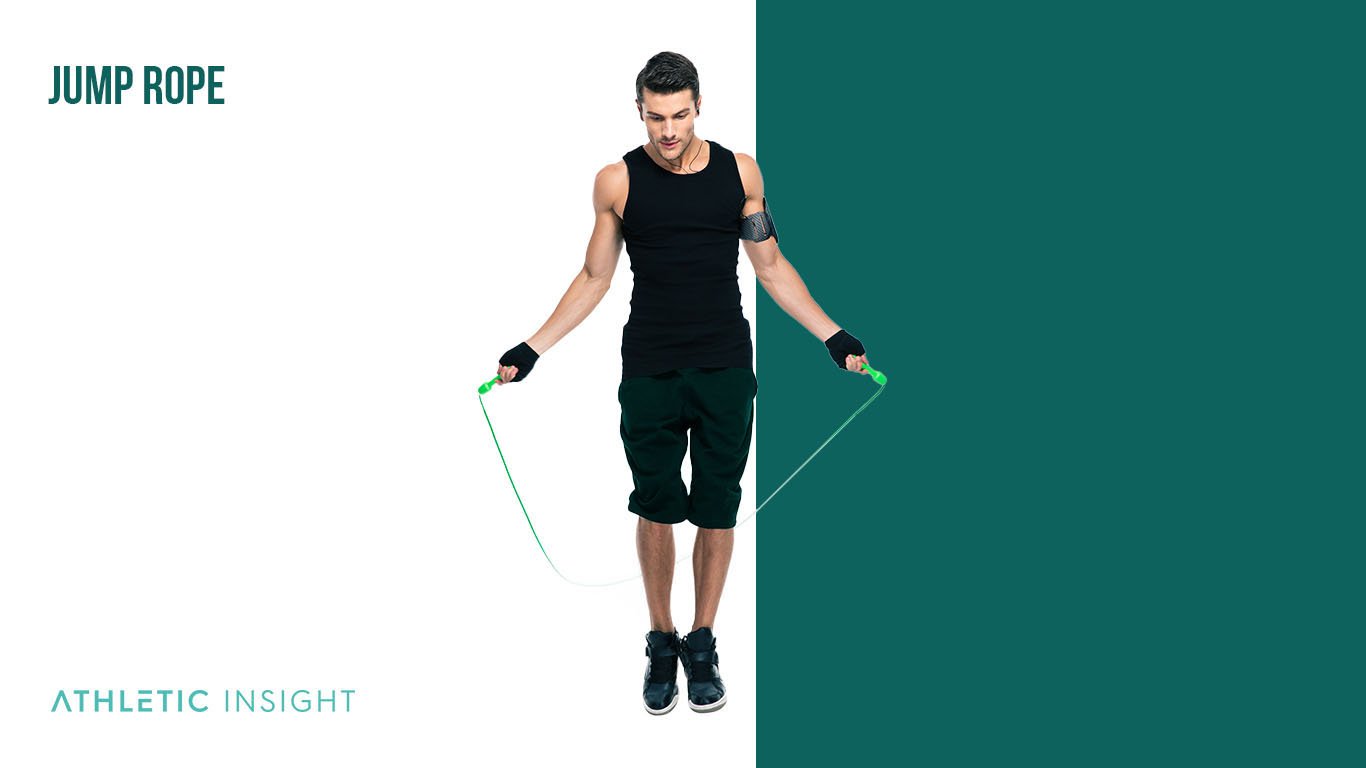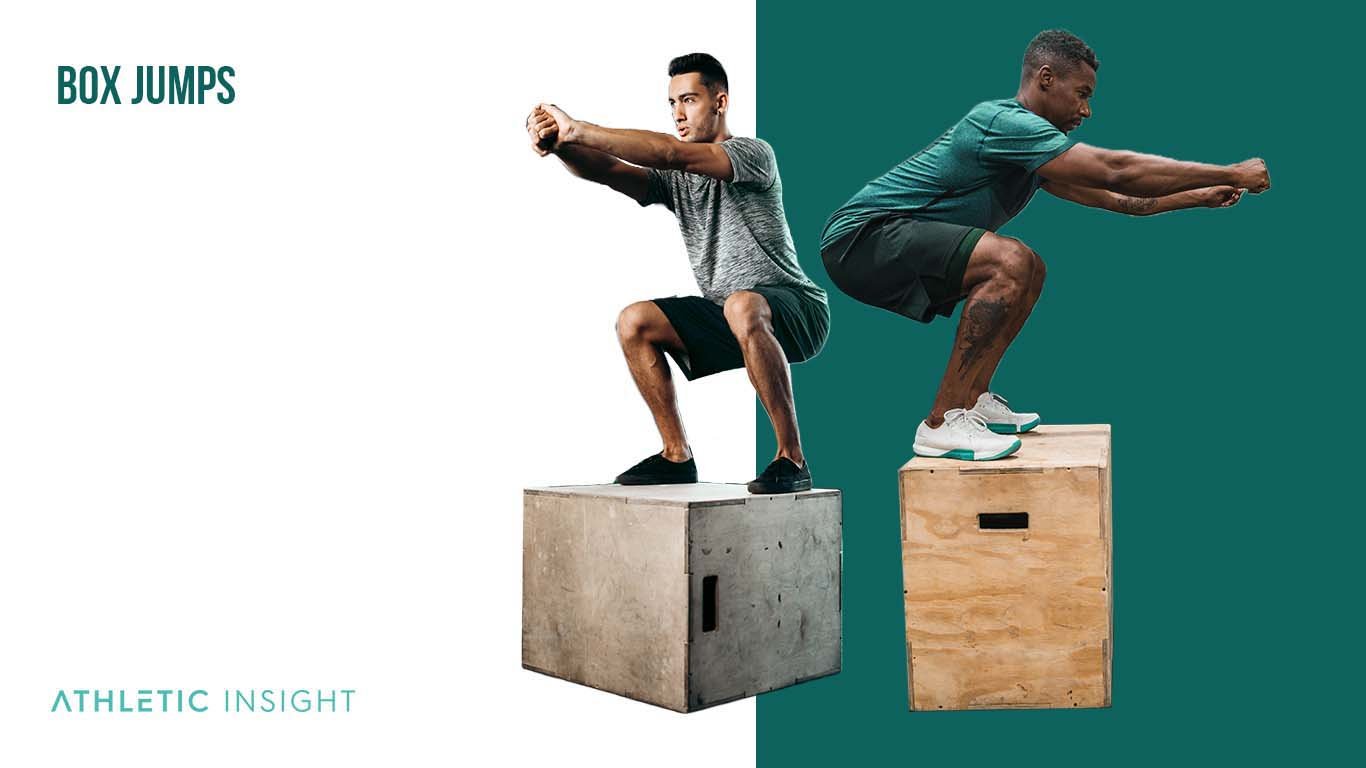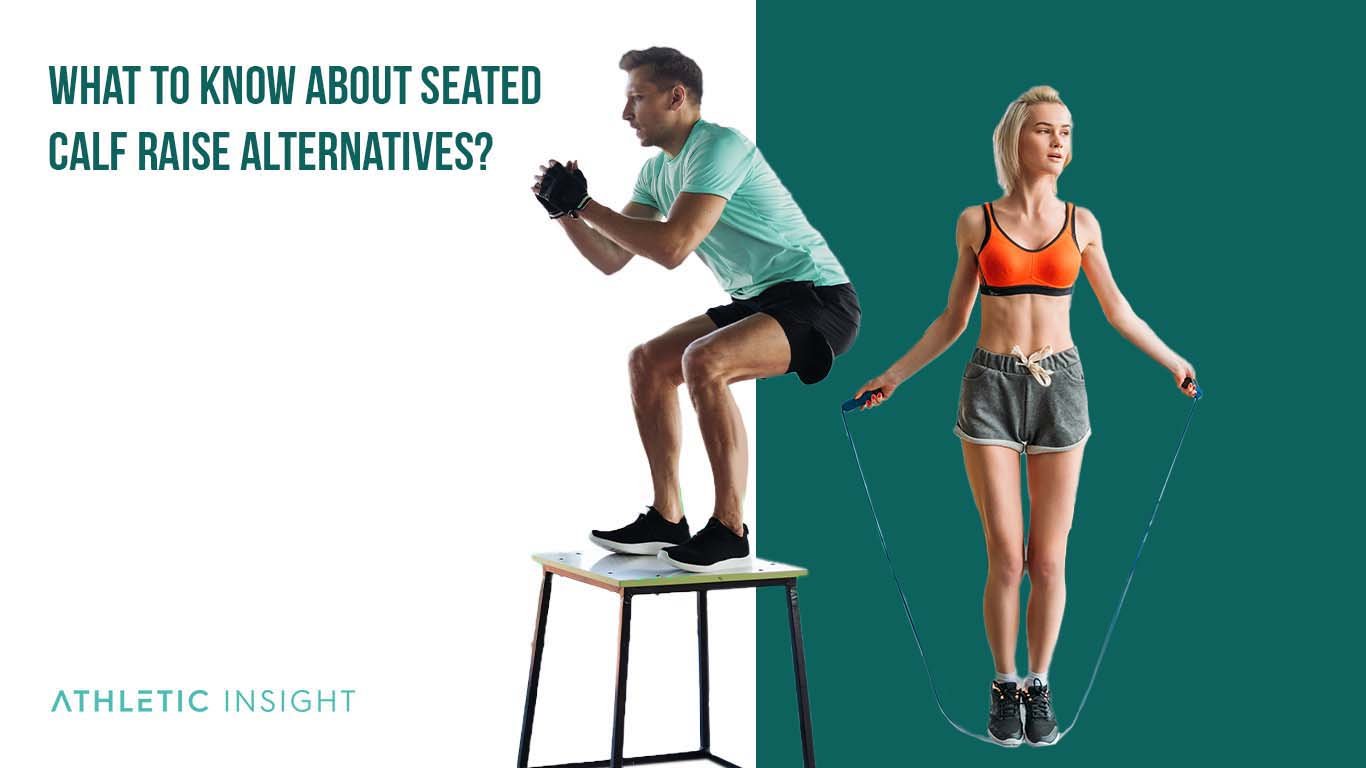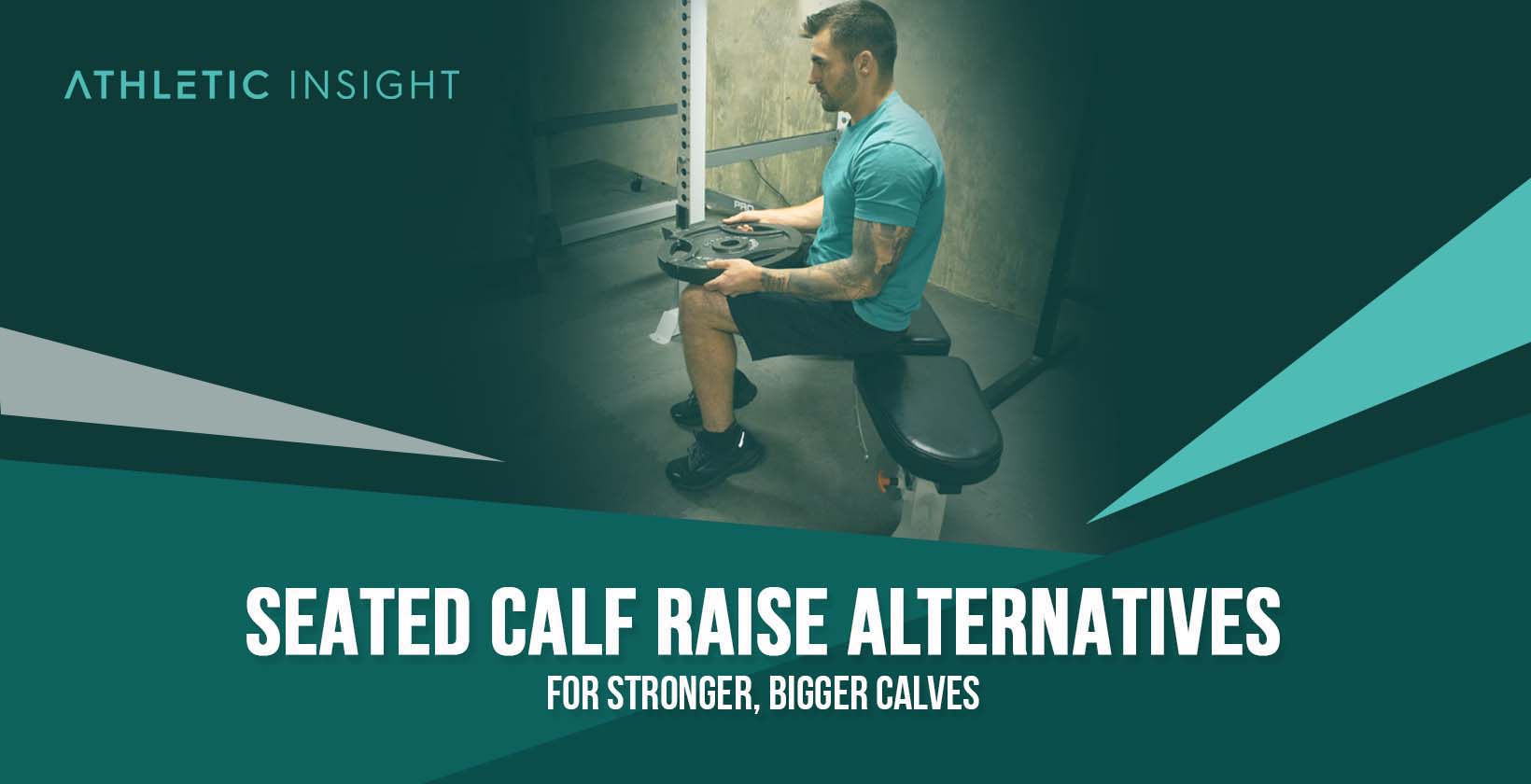Seated calf raise alternatives intend to target both calf muscles, the soleus and the gastrocnemius. Traditional seated calf raises target both muscles to a degree, but more so the soleus muscle because your knees are constantly bent throughout the movement.
Seated calf raise alternatives are a must for someone looking to build strength and size by exercising both calf muscles equally. These alternatives are also beneficial for beginners who have mastered a seated calf raise and want to add variety to their workout. Strongmen and other athletes who want to emphasize both muscles enjoy the ability to hit the calves from various angles to strengthen the muscles for competition.
Calf muscles are the propellers that help you move forward. Increasing calf strength will help improve your speed and overall stamina. Seated calf raises are a popular exercise that builds a critical muscle group to support fitness goals and basic movements such as running, jumping, walking, and more.
Bodybuilders and athletes can help prevent injury to the calves and Achilles tendons by strengthening the muscles via seated calf raise alternatives. Fitness enthusiasts also enjoy the strength and aesthetically pleasing elements of well-formed calves.
The seated calf raise alternatives are popular variations that require low repetitions with dumbbells or barbells if you’re trying to bid muscle (between 8-12). If you’re using your body weight and just want to tone, go for higher repetitions, between 20 and 25. You may perform these alternative exercises with or without the use of weights or machines.
1. Jump Rope
Jump roping is a seated calf raise alternative that primarily focuses on both muscles in the calves, but it is considered a full-body workout.

According to the American Council on Exercise, jumping rope is also an excellent way to enhance the elasticity of connective tissues that surround the soleus and gastrocnemius muscles. Jump roping is perfect for beginners, bodybuilders, and athletes alike.
- Make sure the rope is long enough according to your height.
- Stand with the feet together and keep the legs bent.
- Fling the rope overhead and perform a gentle jump pushing through your toes when it gets near your feet.
- Perform this exercise for 10 minutes as a warm-up.
Land softly on the balls of your feet and let your heels touch the ground after each jump before pushing off the ground for the next hop.
Two common mistakes when jumping ropes are poor posture and your arms being too far apart. Stay upright instead of hunched over to reduce back injuries and help you breathe properly. Your arms should stay near your side because you make the rope length shorter when they’re too far apart. That makes it easier to trip during the exercise.
2. Box Jumps
Box jumps are a seated calf raises alternative that works the glutes, hamstrings, quadriceps, and calves. You don’t need much equipment besides a crate or sturdy box for box jumps, making them suitable for beginners, strongmen, CrossFit athletes, and advanced trainers as well. The technique is fairly simple and doesn’t require a lot of instructions to complete.

- Stand in front of the box with your head up straight and your feet hip-width apart.
- Lean forward a bit so that the weight is centered near the front of your feet, and slightly lift your heels from the ground.
- Bend your knees and push through the front of your feet and jump into the exercise box.
- Step down backward and repeat for 12-15 repetitions.
Two common injuries to avoid are landing on the edge of the box instead of the middle and landing with your back rounded instead of upright. The former mistake can be dangerous if you miss the box because you can nick your shins pretty badly if your feet slide off the edge, or you can trip over the box. The second mistake can cause you to tip the box over or strain your lower back.
3. Tip Toe Farmer’s Walk
The Tip Toe Farmer’s Walk is a seated calf raises alternative that works the calves, hamstrings, quadriceps, glutes, abs, triceps, biceps, forearms, upper back, lats, hands, and traps.
It is a favorite amongst CrossFit athletes and strongmen to build solid calves. It isn’t quite beginner-friendly because you have to build up your strength and get used to walking in a compromising position with added weight.
- Get two dumbbells and pick one up in each hand; allow your arms to hang down fully extended by your hips.
- Stand up onto your tiptoes and take slow and steady steps.
- Keep your knees slightly bent and repeat for 30 secs for a minimum of three sets.
Two typical mistakes with this exercise are having your shoulders raised upwards while walking, which creates discomfort and pain in the neck, and using too heavyweights. Not only can this put a strain on your ankles and lower back, but you could also drop the weights and injure your foot. Only choose a weight you can walk for at least 30 seconds with.
4. Plate Pushes
Plate pushes are a seated calf raise exercise that works out the glutes, calves, hamstrings, shoulders, and core. It is a beginner-friendly exercise because you can adjust the weight to make the workout easier. It is suitable for beginners, weightlifters, CrossFit athletes, and anyone looking for a full-body workout.
- Put a heavyweight that is 45 lbs onto a towel. If that’s too heavy, go 5 lbs lighter until you can push the plate to the other side of the room with a decent level of resistance.
- Put your hands on the side of the plate and push it as fast as you can for 30 to 40 yards. Take a one-minute break, and push it back to the starting point.
- Perform these repetitions three to five times.
Be sure to take long steps and keep the elbows straight during the exercise for optimal muscle tension. Your good should not be above the shoulders.
Two common mistakes with this seated calf raise alternative are to have your back rounded, which can lead to back pain and discomfort from the stress, and to take too short strides. This mistake doesn’t allow your calves to get maximum engagement because the legs never fully extend.
5. Ankle Jumps
Ankle jumps are a seated calf raises alternative that works out the calves, glutes, quadriceps, and hamstrings. Ankle jumps are beginner-friendly because it is essentially like jump roping without the rope. The difference is that the hops are quicker and shorter.
- Stand straight with your feet about hip-width apart, and raise your body onto your toes.
- Jump three to six inches from the ground and as you land back onto the balls of your feet, jump straight up again. Make sure your legs stay straight, and don’t allow your heels to touch the ground.
- Repeat for 30 secs and at least three sets.
Two common mistakes that you can make are to lean forward when doing this exercise, which can put additional strain on the lower back, and jumping with your feet flat instead of landing on the balls of your feet quickly. That takes away some of the tension from your calves, which doesn’t build the muscles as effectively.
What to Know About Seated Calf Raise Alternatives?
There are some considerations when deciding on a seated calf raise alternative that best suits your fitness goals and targets the exact muscles within the calf that you want to sculpt and strengthen.

Which Seated Calf Raise Alternative Is the Most Beginner-Friendly?
Jump roping is the most beginner-friendly seated calf raise alternative because it doesn’t require the participant to master a complicated form, and it’s a movement that many learned to do when they were children.
It also targets both the soleus and the gastrocnemius muscles, making it a better alternative than seated calf raises with just your bodyweight and no machine, as that still only targets the soleus due to the knee being bent the entire time.
Which Seated Calf Raise Alternative Is Best for Calves?
Standing calf raises are the best-seated calf raise alternative for calves because it offers the most benefits. You get endurance by bouncing up and down on the balls of your feet for extended periods.
It works the soleus and gastrocnemius muscles, and it also can increase the size of your calves if you choose to hold dumbbells while standing.
Which Seated Calf Raise Substitute Is Better for Strength?
The Smith Rack seated calf raise substitute is better for strength because you work both muscles and are more stable. Therefore, you can load the machine up with more weight than you would if you were using free weights such as dumbbells.
However, if you’d rather also engage your abs and other muscles to keep your body stable by contracting the muscles, go for the Tip Toe Farmer’s Walk with kettlebells or dumbbells. Be sure to use manageable weights to avoid injury.
When Should an Athlete Use a Seated Calf Raise Alternative for Exercise?
Athletes should use a seated calf raise alternative for exercise when they have suffered an injury to their knee or if they’re trying to sculpt their calves from all angles. Strongmen, CrossFit athletes, and sports athletes can use seated calf raise alternatives for strength, endurance, and bigger calf muscles.
What Are the Advantages of Diversifying Seated Calf Raise?
The advantages of diversifying the seated calf raise are the ability to target both muscles in the calf, add variety to your workout, and better facilitate growth in a critical muscle that we use every day.
Can Seated Calf Raise Alternatives Replace the Seated Calf Raise?
Seated calf raise alternatives can replace the traditional seated calf raise because it targets the soleus muscle and the gastrocnemius muscle, giving you a more well-rounded exercise option.
Are Seated Calf Raise Alternatives Good for Knee Health?
Seated calf raise alternatives are excellent for knee health. Athletes and anyone that experiences knee pain or tight calves can do a seated calf raise alternative for relief.
The soleus is a significant muscle that is integral to the plantar flexor (ankle) and also keeps the knee stable. This movement is essential because it reduces the amount of pressure on the knee, prevents pain from jumping and running, and more.
Anyone with weakened quadriceps, an ACL tear, or any other knee injury can temporarily use the seated calf raise alternative as a way to the knee through extension. That exercise will, in turn, make the knees stronger.
What Are the Seated Calf Raise Variations?
By creating variation in your workout routines, you help to facilitate better muscle development. Some seated calf raise variations are the; bodyweight seated calf raise alternative, kettlebell seated calf raise alternative, barbell seated calf raise alternative, trap bar seated calf raise alternative.



